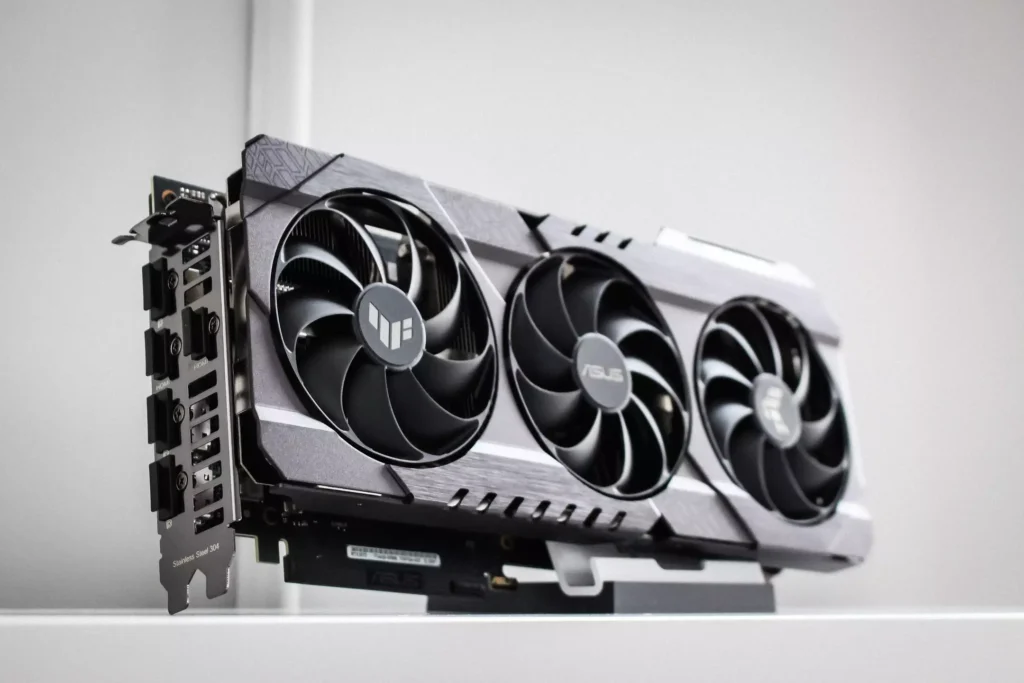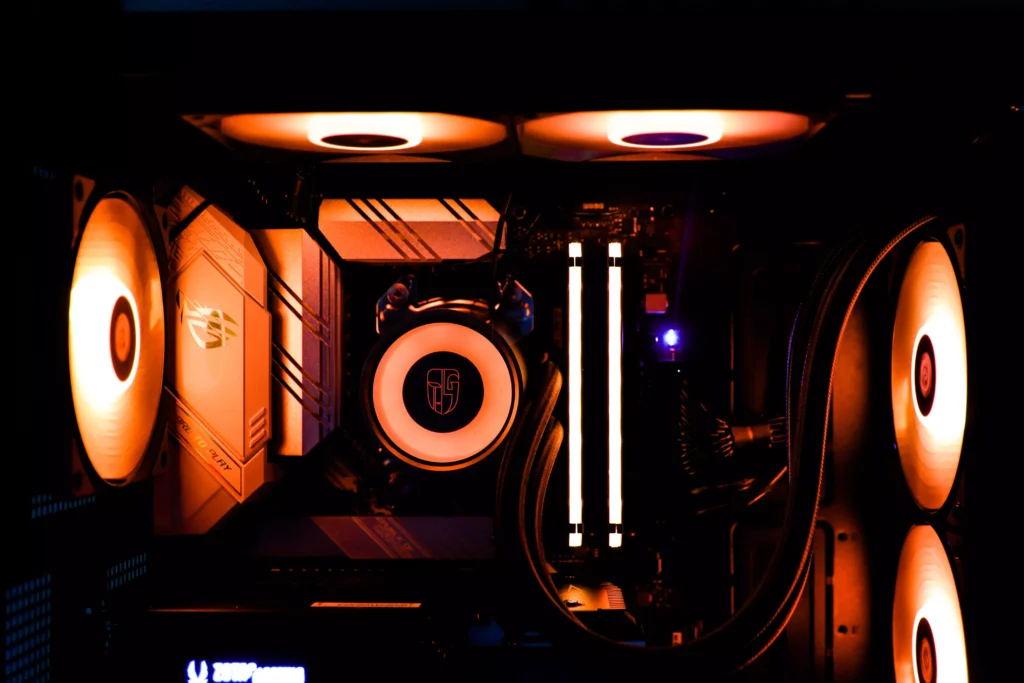Nowadays, the GPU is becoming an important factor in PC gaming. It affects the performance of gaming, and with games having better graphics than before, you can understand why it has become an important component. Here’s a few GPU shopping tips you should know before deciding on which graphics card you should go for.
Featured photo by Thomas Foster on Unsplash.
Integrated vs discrete GPUs
A Graphics Processing Unit (GPU) is the component that deals with graphics and video rendering in a computer. Over time, it’s uses have become more due to its capabilities such as performing rapid mathematical calculations. An Integrated GPU is one that is built into the CPU/processor for a lighter system. A discrete GPU is one that is one that brings to the table extensive performance demands usually as a different component (graphics card).
Modern CPUs usually come with their own integrated GPUs but these are usually for basic OS graphics and other routine software graphics. Gaming with integrated graphics will often be at the lowest graphics settings. With video games having more and more advanced graphics, a discrete graphics card is the better solution. They will probably be expensive but offer more capabilities than integrated graphics.
Laptop & Desktop GPUs
It’s important to note that a desktop GPU will not fit inside a laptop. That is why laptops have their own GPUs which are designed to fit inside the computer. Also, it is usually very difficult to upgrade a laptop GPU due to finding a GPU design that fits with a particular laptop. Another important thing to note is that even if a laptop GPU is an RTX 3080, it’s almost impossible to get the same RTX 3080-like performance as the same GPU in a desktop computer. This is due to the fact that a laptop will have thermal constraints that will not allow the GPU to perform at its peak.
Ray tracing
Today, graphics technology is capable of real time ray tracing. What this means is that GPUs with ray tracing capabilities are able to have realistic lighting effects especially when it comes to reflections and shadows. The lighting effects behave the same as in the real world. When you are shopping for a GPU, you should consider if you will like to have a GPU with ray tracing capabilities for more realistic graphics. Though these types of GPUs are usually expensive than the ones without ray tracing support.
For NVIDIA, any NVIDIA GeForce RTX… card will have ray tracing. And for AMD GPUs, AMD Radeon RX… (Radeon RX series) cards will support ray tracing.
Upscaling technology
Upscaling is the technology where GPUs render frames at a lower resolution and then upscales it to the resolution set in a game. This is technology GPU manufacturer specific. All you need to know is that NVIDIA uses its Deep Learning Super Sampling (DLSS), AMD uses FidelityFX Super Resolution (FSR) and Intel’s ARC Series uses Xe Super Sampling (XeSS). You don’t really need to concern yourself with this when shopping for a graphics card, all that matters is your preference for NVIDIA, AMD or Intel graphics cards.
But if you are really interested about the technologies the manufacturers use, it’s important to note this.
Your monitor’s resolution
When buying a graphics card, it is important to consider what resolution your monitor has. Most monitors usually are 1080p thus most graphics cards can handle the resolution at between 30 – 60 fps. Though at 4K resolution and above, you will need a high end graphics card.
Your monitor’s refresh rate
If your monitor tops out at 60fps a powerful GPU capable of rendering higher frames per second will not make your monitor process the higher fps.
Space in the desktop PC case and motherboard
You’ll also need to consider whether or not a GPU you want to buy will fit in your PC case. You’ll also want to buy a GPU with a form factor that fits on your motherboard without blocking other slots.
Checking MSRP
The Manufacturer’s Suggested Retail Price (MSRP) is also another key factor to consider when buying a graphics card.
VR Gaming support
You’ll want to see if the graphics card supports Virtual Reality (VR) if you want to do VR gaming.
Ports
Does the graphics card come with DisplayPort and HDMI ports? Which ones are available on your monitor?
Memory speed
Cards with GDDR6 will be faster than cards with GDDR5.
GPU memory
You should get a graphics card with at least 6GB memory. The higher the resolution you want to play at, the more memory you’ll want.
Have we missed any GPU shopping tips? Let us know in the comments. Also, you can visit this link for articles related to gaming.



